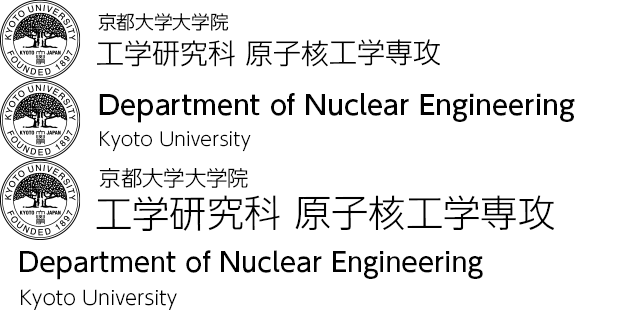Quantum and Beam Science
The fundamental properties and behaviors of matter are determined by the interactions of atoms and molecules. Our research focuses on precisely understanding material properties at the nanoscale using quantum beams, with the goal of developing advanced nanotechnologies based on these beams. Through this work, we aim to advance the field of quantum beam science in various disciplines, including life science, materials science, and space science.
- website ( Accelerator Group Advanced Beam Application Group )
Academic Staff
Manabu SAITO
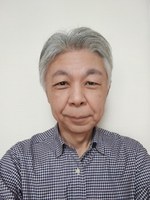 Professor (Graduate School of Engineering)
Professor (Graduate School of Engineering)
Research Theme
Investigation of the deexcitation processes of molecular ions excited by photon or electron impact, using an ion storage ring or ion beam trap.
Development of a desktop-sized electrostatic ion beam trap and its application to precise lifetime measurements of metastable ionic states.
Classes
Fundamentals of Particle Interactions, Applied Electromagnetism, Introduction to Quantum Science
Contact Information
Uji Campus, Uji Research Bldg. 212
TEL: +81-774-38-3970
FAX: +81-774-38-3970
Katsura Campus, C3 building, Room d1S04
TEL: +75-383-3904
E-mail: saito@* (Add "nucleng.kyoto-u.ac.jp" after @)
Takuya MAJIMA
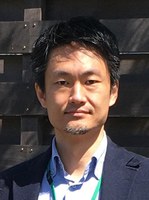 Professor (Graduate School of Engineering)
Professor (Graduate School of Engineering)
Research Theme
- Radiation Physics and Chemistry
- Atomic Collision Physics
- Atomic, Molecular and Cluster Physics
Classes
Atomic Physics, Introduction to Quantum Science
Contact Information
Uji Campus, Uji Research Bldg. 212
TEL: +81-774-38-3972
FAX: +81-774-38-3972
Katsura Campus, C3 Bldg. d1N06
TEL: +81-75-383-3931
E-mail: majima(o)nucelng.kyoto-u.ac.jp
Hidetsugu TSUCHIDA
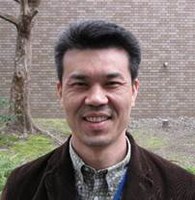 Associate Professor (Graduate School of Engineering)
Associate Professor (Graduate School of Engineering)
Research Theme
- Experimental studies of radiation reactions in collision processes with materials (atoms, molecules, clusters, liquids, solids, etc.) using a particle accelerator.
- Real-time observations of irradiation-induced nonequilibrium reactions, and investigations of its physical mechanism.
- New methods of production of fast cluster microbeams and aligned molecular beams.
Classes
Radiation Detection and Measurement, Particle Accelerator Engineering, Radiation Measurements for Medicine
Contact Information
Uji Campus, Uji Reaserch Bldg. Room 214
TEL: +81-774-38-3974
FAX: +81-774-38-3974
Katsura Campus, C3 Bldg. Room d1N05
TEL: +81-75-383-3929
E-mail: tsuchida@* (Add "nucleng.kyoto-u.ac.jp" after @)
Toshio SEKI
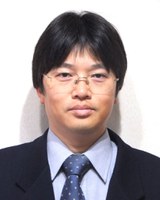 Junior Associate Professor (Graduate School of Engineering)
Junior Associate Professor (Graduate School of Engineering)
Research Theme
- Development of novel surface modification process and surface analysis technology using quantum beam
- Study of polyatomic collision effects by cluster ion impact
Classes
Advanced Course of Electromagnetism
Contact Information
Uji Campus, Uji Research Bldg. 221
TEL: +81-774-38-3977
FAX: +81-774-38-3978
E-mail: seki.toshio.7r@* (Add "kyoto-u.ac.jp" after @)
Beam Application Group
personal page
Makoto IMAI
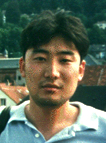 Assistant Professor (Graduate School of Engineering)
Assistant Professor (Graduate School of Engineering)
Research Theme
Contact Information
TEL: +81-75-383-3905
E-mail: imai@* (Add "nucleng.kyoto-u.ac.jp" after @)
Research Topics
Irradiation Effects of High-Energy Ion Beams on Biomaterials
We carry out experimental research using precisely controlled quantum beams to investigate complex nanoscale phenomena arising from interactions with a variety of materials. Our studies range from fundamental science to applications in life sciences and medicine.
In particular, we are at the forefront of exploring the mechanisms by which high-energy ion irradiation induces damage in liquid molecules and biomolecules in solution, as well as how new molecular species are generated through such irradiation. These investigations allow us to probe unique molecular damage dynamics triggered by energy transfer from high-energy ions within biological systems. The insights gained provide essential physical data that support advancements in cancer radiotherapy, evaluation of space radiation effects on the human body, and radiation-based plant breeding.
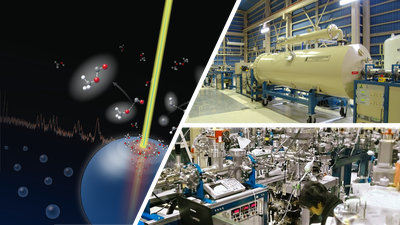
Figure 1:Collisions between high-energy carbon ions and micron-sized droplets: Identification of various reaction molecules and molecular ions produced using a dedicated detection system
Synthesis of self-assembled quantum dots by ion implantation and creation of quantum systems
Quantum systems, systems manufactured based on science and technology relating to the quantum phenomena, are today very popular all over the world.
Nano science and technology, one of the key sciences and technologies in our century, will provide great quantum systems including quantum computers. These kinds of quantum systems will keep a great contribution to the sustainable development of human society.
This research project is focused on the application of ion implantation technologies to the synthesis of silicon-based self-assembled quantum dots and to fabricate nature-friendly quantum systems.
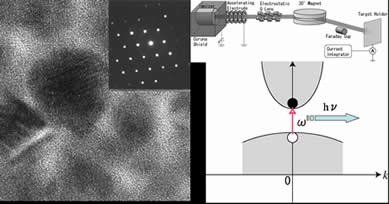
Figure 2:Synthesis of quantum dots: TEM image of single crystals, Apparatus and light emission
Material and space research using high energy cluster ion beam and hypervelocity fine particles
Cluster and fine particle ions can be bombarded a very small area of a solid surface by many atoms simultaneously and release large kinetic energy in a very short time. This phenomenon causes nonlinear effects or synergetic effects, which are not normally caused by a single atom collision with matter. We investigate such nonlinear effects on high energy cluster ion beam impact with metals, semi-conductors, ceramics and polymers. Sometimes you can find crater-like holes on a surface of solid in these impact. We need to clarify mechanism of production of craters and we can modify and produce materials by controlling these nonlinear effects.In space you can easily find these cluster, organic molecules and fine particles (dust particle).
In these years impacts of space debris on space crafts become severe problem. So we simulate the space debris or dust impacts on various targets by using accelerated fine particles and also we are developing dust detector/analyzer on board space crafts.
Atomic Collision Processes related to Nuclear Fusion Energy Research
When ion-beams collide with targets like atoms, molecules, solids, surfaces and so on, there occurs many kinds of stochastic and competitive processes, accompanying internal changes of both collision partners. These processes bring us unique and exclusive knowledge of collision dynamics, like formation of intermediate states and further structural changes, which are not available from static research. Basic data for investigating entire processes in nano-scales, concerning atoms and molecules, can be obtained through experimental study. We are now devote ourselves to the collision processes,essential to continuous plasma-burning in the future fusion devices,such as fuel feeding, ash or impurity extraction, plasma diagnostics and so on.
